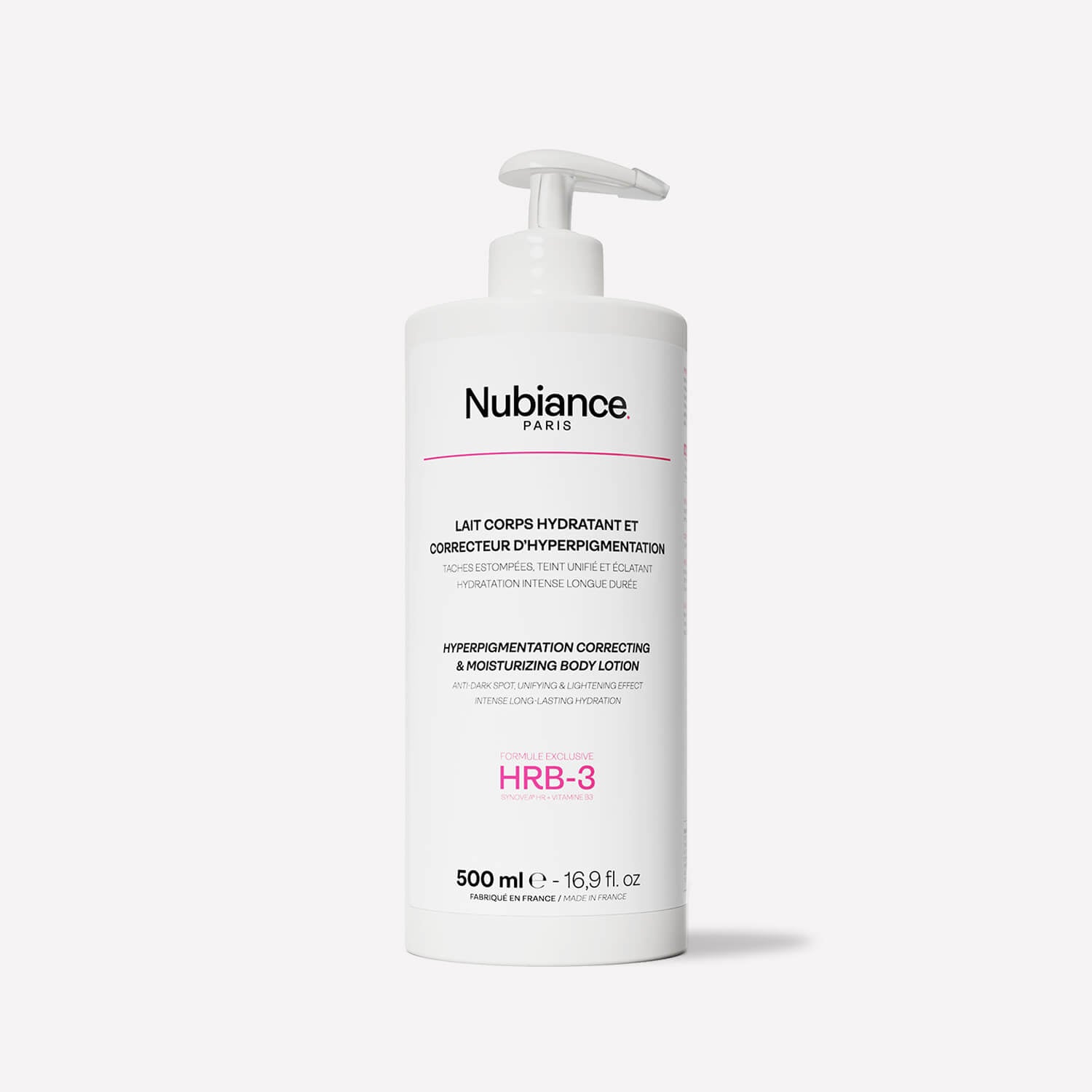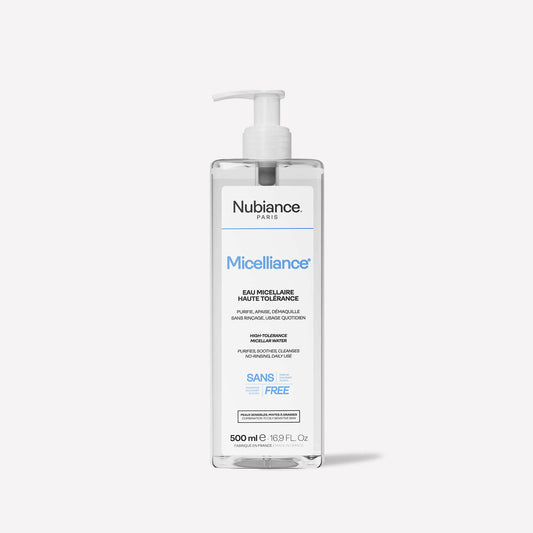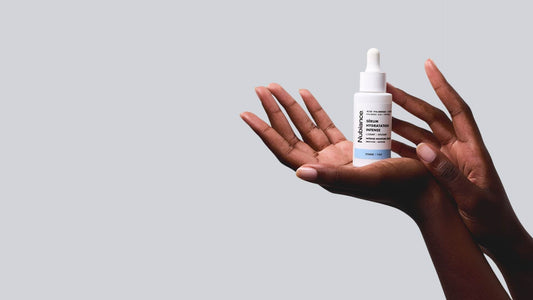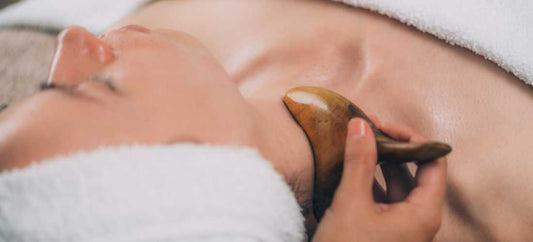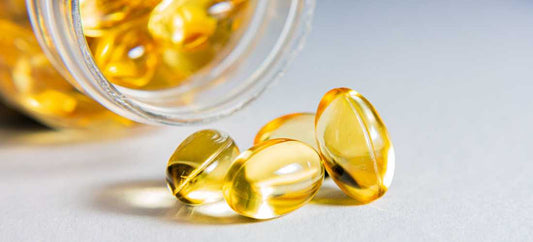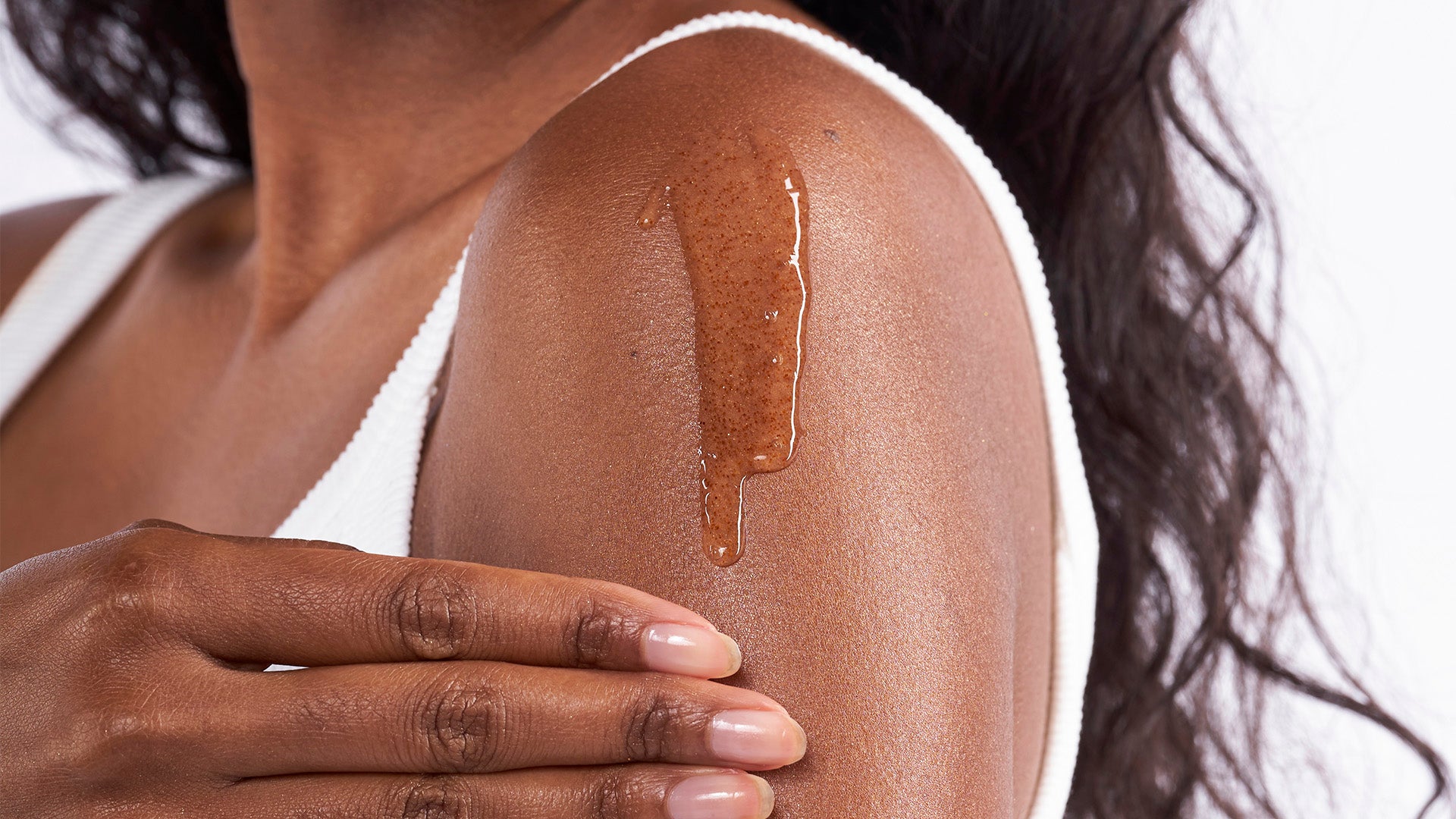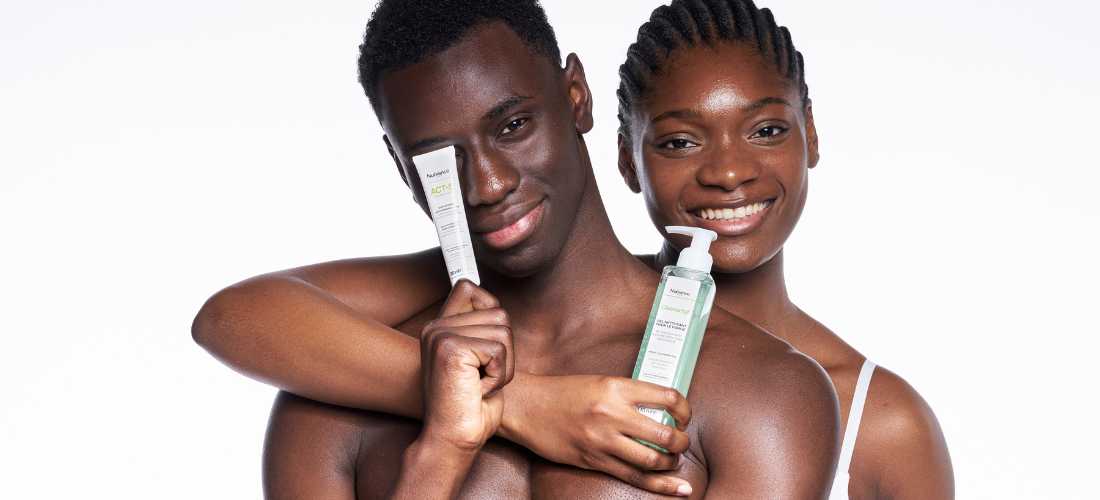
Adult acne: causes and effective treatments
Partager
Long considered a problem associated with adolescence , acne is nevertheless a reality for many adults. This skin condition can have significant repercussions on the quality of your skin, just as it is not without psychological consequences. Discover the causes of adult acne and the ways to treat it effectively. Also find the ideal anti-blemish routine to say stop to your pimples.
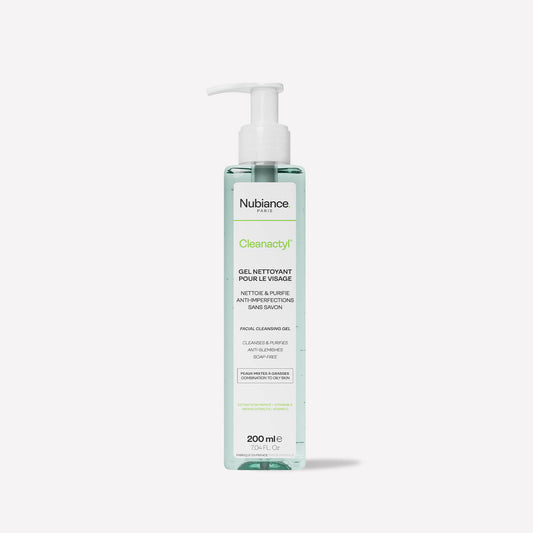
15.00€
Sale price
From 15.00€
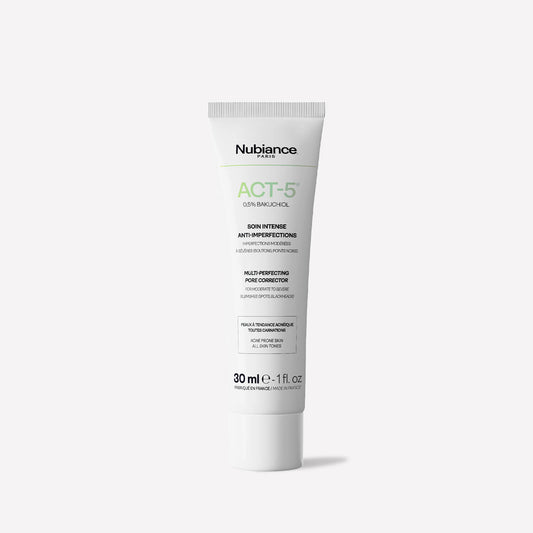
50.00€
Sale price
From 25.00€
26.00€
Sale price
From 13.00€
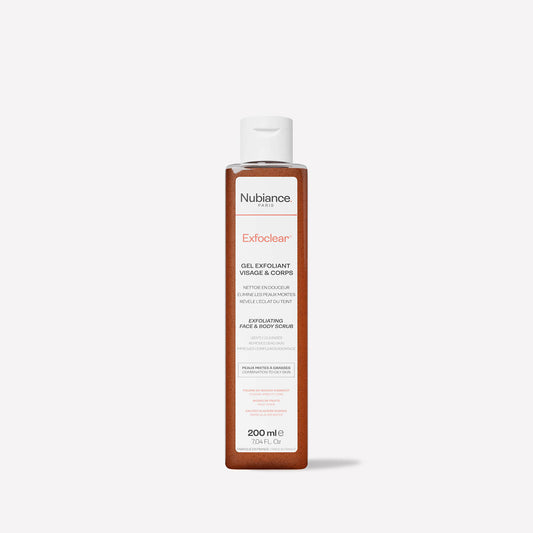
44.00€
Sale price
From 22.00€
What is adult acne?
Acne is a skin condition characterized by the appearance of lesions, most commonly pus-filled pimples , blackheads, papules, pustules, and cysts of varying sizes. It results from a combination of factors, including excessive sebum production, blocked skin pores, and bacterial overgrowth.
This dermatological condition affects nearly 70% of adolescents and 20 to 30% of adults up to the age of 40. Although frequently associated with adolescence , it can therefore persist, or even, in some cases, appear in adulthood. The symptoms of adult acne appear mainly on the face, torso, upper arms and back. In the long term, acne can leave many fairly deep scars, giving a "pockmarked" appearance to the affected area of the body.

Causes of adult acne
Hormonal variations
The menstrual cycle, pregnancy , menopause or contraception can be responsible for adult acne . Hormones, especially progesterone, stimulate the sebaceous glands which are the cause of blemishes .
Pollution
Carbon dioxide, pesticides, dust and various gases... Air pollution has a definite impact on the skin and its health. Indeed, these fine particles can attack the skin, which must defend itself to ensure its role as a protective barrier for the body. In reaction to this aggression, it stimulates the production of sebum, the skin's protective film, thus promoting the appearance of spots if it is produced in excess.
Stress
Stress has a definite impact on the body by creating imbalances. Among these imbalances, acne is a common phenomenon. Not only does stress cause hormonal fluctuations, but it also produces neuropeptides whose receptors stimulate the production of sebum and inflammatory cytokines . Mild or severe, acne breakouts can affect all skin types and require special attention.
Food and quality of life
Diet and lifestyle in general have a definite impact on the body and therefore on the skin. However, the link between diet and acne remains controversial. Indeed, diet does not cause acne, but it is an aggravating factor for acne-prone skin when it is rich in sugars and lactose. On the other hand, the link between tobacco and acne is well proven. Indeed, nicotine, a vasoconstrictor substance, reduces blood flow to the skin. It therefore slows down the circulation of immune cells, thus promoting the proliferation of Cutibacterium acnes (acne bacteria), thus compromising healing. Under the influence of tobacco, bacteria proliferate more easily.
The sun
The sun dries out and neutralizes the proliferation of Cutibacterium acnes . Oily and acne-prone skin thus sees its skin texture refined and its complexion evened out. However, this relief is only an illusion and has long-term consequences. Thickened in contact with the sun, the skin no longer allows sebum to flow normally to form the skin barrier. Lacking lipids, the skin is dried out and therefore stimulates the action of the sebaceous glands that produce sebum.
Finally, in the sun, the lesions created by acne have the risk of leaving persistent marks in the form of scars. To avoid this pitfall, it is essential for acne-prone skin to protect itself from the sun using a broad-spectrum sunscreen against UVA/UVB, infrared and pollution.

Diagnosis of acne in adults
To obtain a specific diagnosis for your skin according to the type of pimples, you can consult a dermatologist to obtain an opinion and medical care. You will thus be able to determine your type of acne ( fungal , inflammatory, etc.). However, to have an overview of the beauty routine to adopt against your imperfections, Nubiance offers you an online diagnostic tool . Depending on your condition and your skin type, we will give you the ideal solutions to treat your acne.
What care routine for adult acne?
For effective treatment without medication, you can rely on the Nubiance anti-blemish routine . For both women and men, it is essential to take care of your blemish-prone skin with quality products.
Start by removing your makeup with Micelliance® micellar water to remove all traces of impurities from your skin. Then, cleanse your skin with Cleanactyl® cleansing gel to regain clear skin. Exfoliate once or twice a week with Exfoclear® exfoliating gel to remove dead cells and promote cell renewal. Finally, apply ACT-5® intense anti-blemish treatment to regulate sebum production.
Effective Treatments for Adult Acne
Here are several effective treatments for inflammatory acne in adults :
-
Treatment with benzoyl peroxide, topical retinoids or erythromycin: these topical treatments are best applied in the evening and are often prescribed by a dermatologist. Be careful of side effects, however.
-
Oral treatments under prescription, in addition to local treatment: zinc , antibiotics, hormone therapy, isotretinoin… Each acne has its solution. Please check with your doctor for side effects.
-
Plants : It is entirely possible to benefit from the benefits of plants to relieve acne breakouts or reduce scars. Burdock, for example, is known for its draining and antimicrobial properties. Some food supplements for acne-prone skin also combine the benefits of burdock with wild pansy and nettle .
-
Essential oils : Adult acne pimples fear certain essential oils. This is particularly the case with Tea Tree essential oil . Naturally antibacterial and anti-inflammatory, it is very effective when applied directly to a pimple. Lavender essential oil is also indicated in the treatment of acne. Its healing and soothing action is ideal for preventing scars linked to acne pimples.
